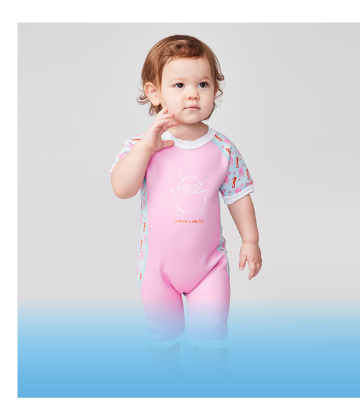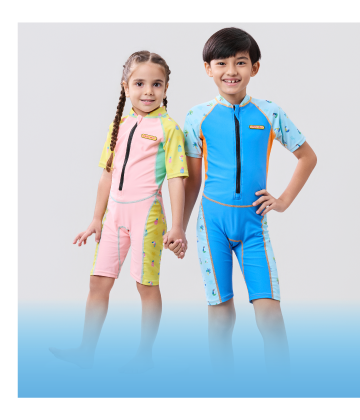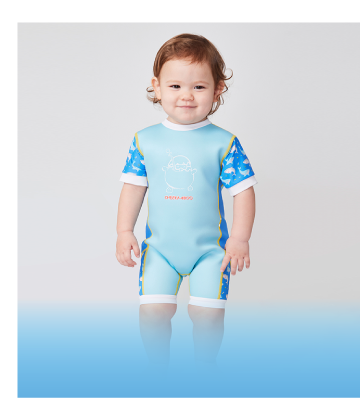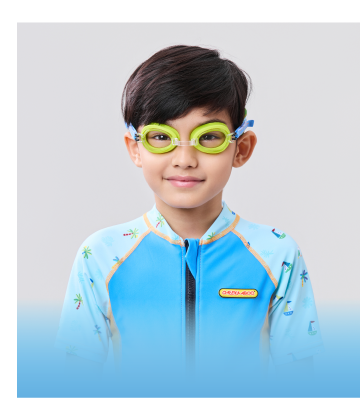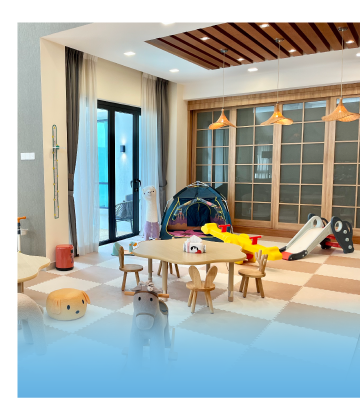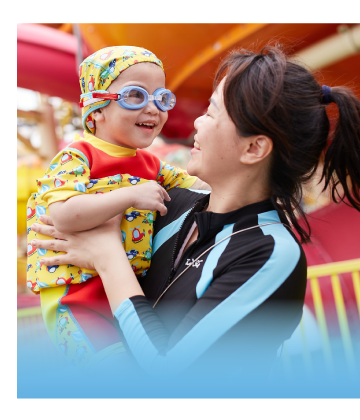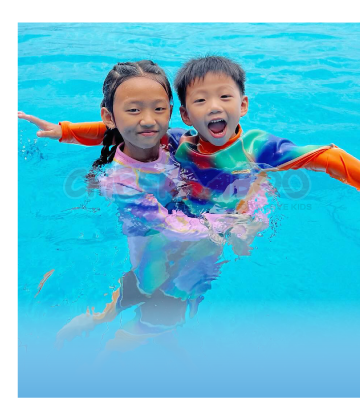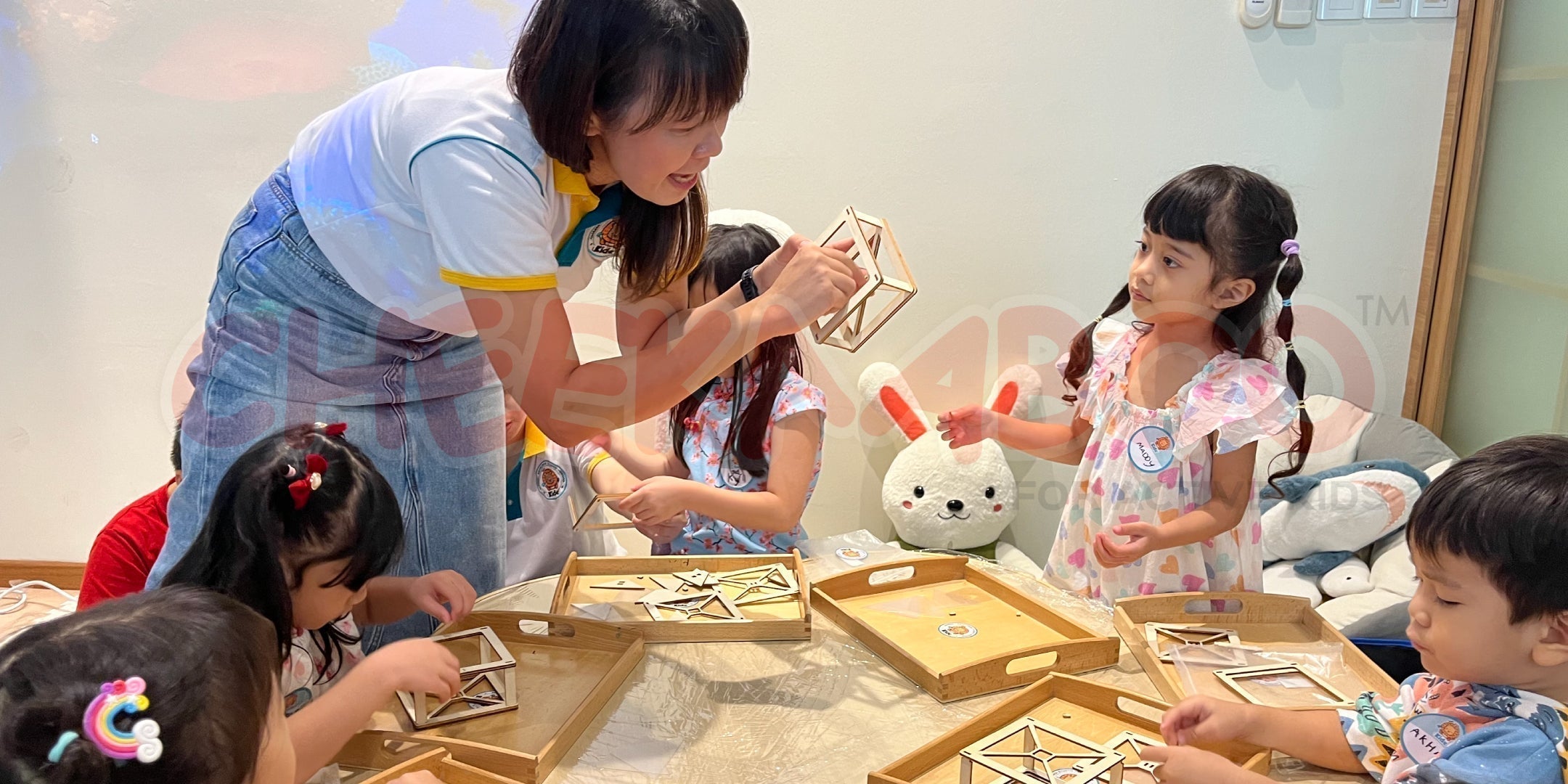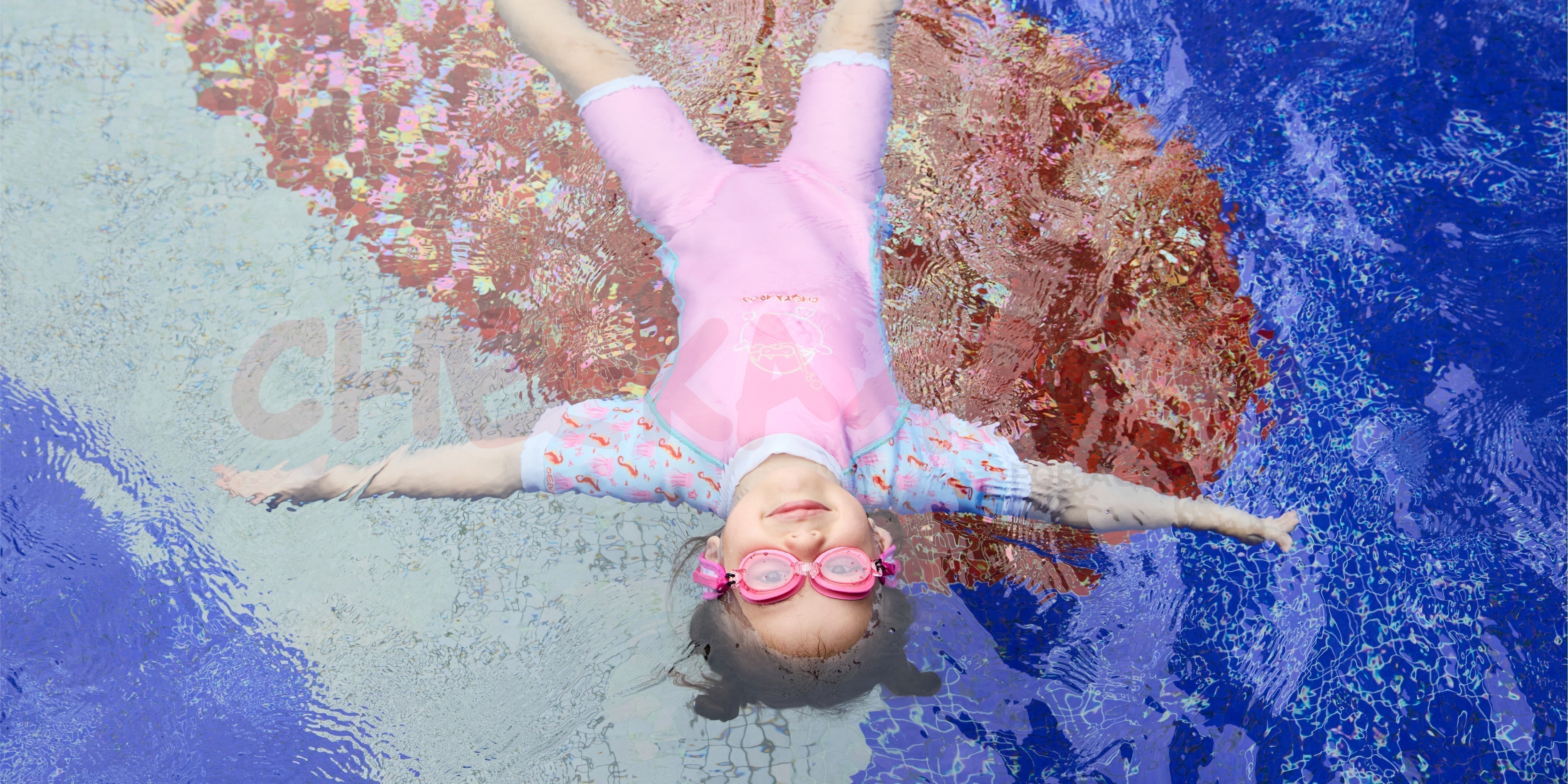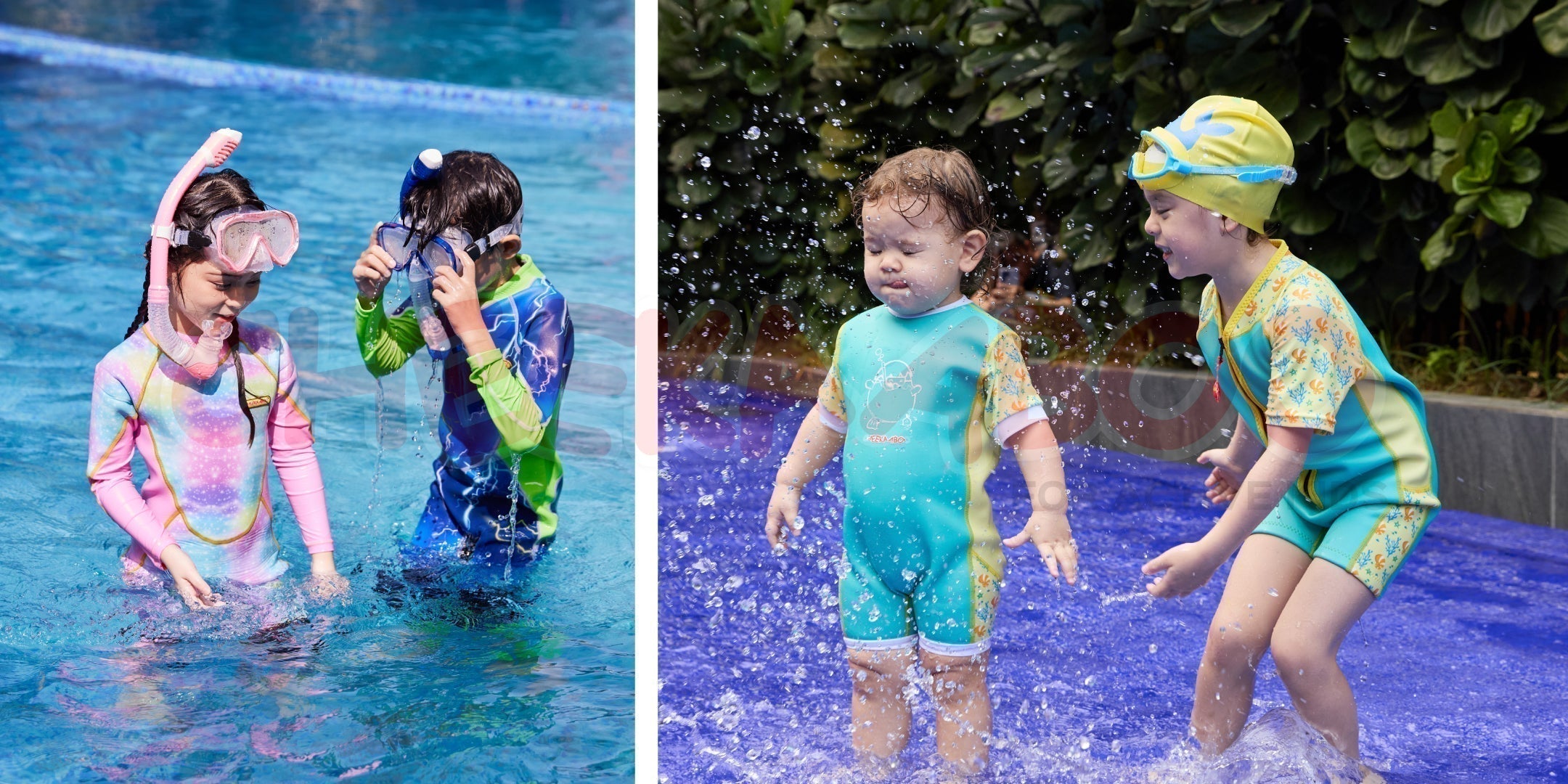
A visit to a swimming pool or the sea is a popular activity among families in Malaysia. Splashing, paddling, and wading through the water brings a lot of fun. However, swimming safety should always be a top priority. This is because water-related activities come with some risks, such as drowning, injuries, and water-related hazards.
To help minimize the risks and have a splashing good time, here are some important swimming safety tips to safeguard your little Boos.
Swimming and Water Safety
1. Always Supervise Children in the Water
Children are particularly vulnerable to water activities, especially those who don’t know how to swim. Whether at a swimming pool or the sea, never allow your children to swim alone without companions and supervision.
Even if your kids are swimmers, accidents such as foot cramps or sudden fatigue can still happen anytime. Therefore, remember to:
-
Always stay close and keep your eyes on them.
-
Avoid distractions like mobile phones while supervising.
-
Designate a "Water Watcher" when in groups to ensure constant supervision.
It’s important to supervise them and always be alert with their safety in the water.
2. Teach Your Kids Swimming and Water Safety Skills
If your little ones aren’t confident swimmers, registering them for swimming class is the best precaution. Learning proper swimming techniques and water safety can reduce the risk of drowning and boost their confidence in the water. Teach kids essential survival skills like floating and treading water.
Never take risks by bringing them to deep waters if they are not trained to swim. It could be very risky as they can easily drown.
3. Avoid Swimming During Thunderstorms
Weather conditions play a big role in swimming safety because water is a strong conductor of electricity. So, when the lightning strikes, swimmers in water will risk serious injury or death. As a precaution;
-
Always check the weather forecast before heading to the swimming pool or beach.
-
If you hear thunder, get out of the water immediately.
-
Wait at least 30 minutes after the last lightning strike before resuming swimming.
For more safety tips during rainy weather, check out our guide on Safe Water Play Activities for Kids During Monsoon Season.
4. Keep Rescue Equipment Neat Around the Pool
When you bring your kids to swim, you can prepare essential rescue equipment near the pool. It’s for your swimming safety and also for your little ones. Of course, the rescue equipment must not be electrically conductive.
Essential swimming safety equipment includes:
-
Life jackets
-
Shepherd's hook
Also, ensure the equipment is in good condition and easy to access.
5. Learn CPR and First Aid
In an emergency, knowing CPR and basic first aid can be lifesaving. Swimming safety isn’t just about prevention, it’s also about being prepared for the unexpected.
-
Take a CPR and first aid certification course.
-
Teach basic rescue skills to family members.
-
Act quickly in case of drowning or injuries.
6. Avoid Diving Headfirst
Never dive headfirst into shallow, murky water or any unfamiliar water, as you don't know its actual depth. There are possibilities with unseen rocks or other objects underwater, which pose hazards. This applies to both swimming pools and natural water bodies.
-
Always check water depth before diving.
-
Teach kids to dive feet-first instead of headfirst.
-
Watch out for hidden underwater objects like rocks.
Prioritize Swimming Safety
Swimming safety should never be taken lightly. Whether at a swimming pool or the sea, always prioritize precautions to keep your little ones safe. By following these simple yet effective swimming and water safety tips, you can minimize risks and enjoy a splashing good time with peace of mind.

